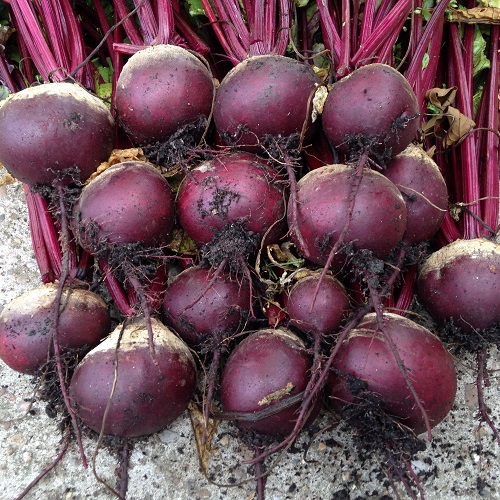Customers who bought this item also bought:
Beetroot Boltardy£0.99
£0.79
Beetroot Boltardy is the most popular variety for early and.....
Average Contents : 350 seeds
Courgette Sure Thing£1.79
£0.89
Courgette Sure Thing is a prolific parthenocarpic.....
Packet Content: 10 Seeds
French Bean Montano£1.29
£0.99
High yields of good quality beans, very good variety.....
Growth Habit - Dwarf / Bush.
Average Contents : 40 seeds
Broccoli Purple Sprouting Early
£0.99
Purple Sprouting Early is for harvesting in February.....
Av. Packet Contents : 250 seeds
Customer Reviews
Be the first to Write a Review for this item!




